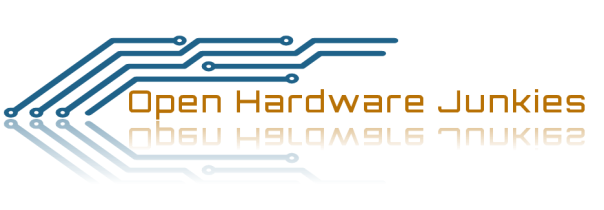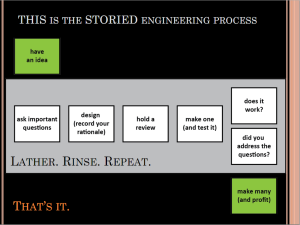 Mach 30 board members J. Simmons and Greg Moran sit down to talk about the role of open hardware in the future of spaceflight. We were pleased to meet Michael at the Open Source Hardware Summit in New York, and excited that he was interested in getting to know more about what we have going on at Mach 30.
Mach 30 board members J. Simmons and Greg Moran sit down to talk about the role of open hardware in the future of spaceflight. We were pleased to meet Michael at the Open Source Hardware Summit in New York, and excited that he was interested in getting to know more about what we have going on at Mach 30.
http://opensourcehardwarejunkies.com/2011/10/how-to-make-outer-space-an-open-place/







